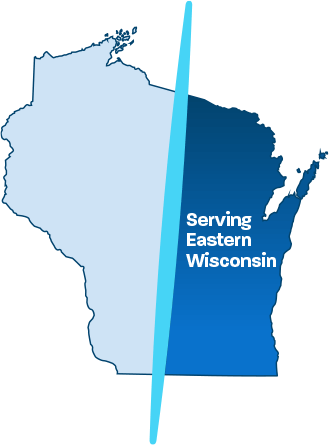For years, a strong password has been the most basic form of protection for your online accounts, but today, it is no longer enough. In the age of security breaches, chances are good your credentials are among them.
If you truly want to protect yourself and your accounts, you need another layer of authentication. If you are not already using multi-factor authentication to verify your online identity, you may be on borrowed time with a false sense of security. By now, you may be wondering…
What is Multi-Factor Authentication (MFA) and Why Do I Need It?
Although you may not know it by name, you may already be familiar with multi-factor authentication. Many banks and financial institutions have been using MFA for years, favoring its inherent security advantages over the simpler user ID and password combination.
What Are Some Examples of Multi-Factor Authentication?
When multi-factor authentication is turned on, users must enter both their password and a second form of authentication. Depending on the business or institution, this additional authentication measure may be a phone call, an email or a text containing a code. But no matter what the process, access is not granted until that one-time code has been entered.
There are plenty of reasons to use multi-factor authentication, but among the most important is the additional protection it provides. With MFA, if a hacker obtains your login credentials or an identity thief purchases your information on the dark web, that data is useless without a special code.
The good news is multi-factor authentication is now available in a number of formats and platforms, including social media accounts, email and more. Many more organizations are now offering multi-factor authentication to their clients and customers, and in the age of rampant cyber breaches, that number is only expected to grow.
Microsoft and MFA
Software giant Microsoft is fully onboard with multi-factor authentication. The company now enforces MFA on all partner and administrator accounts.
Now that companies like Microsoft have adopted multi-factor authentication, this enhanced security verification has hit the mainstream. MFA is no longer confined to banks and brokerage firms; users are just as likely to encounter it on insurance accounts, email accounts and even social media profiles.
Single vs. Multi-Factor Authentication
Single-factor authentication requires only a username and a password, and while some sites require complicated passwords, others still allow simple credentials that are easy to guess and even easier to crack.
Multi-factor authentication adds an additional layer of security to online accounts, reducing the impact of stolen credentials and making the website far more secure. Even if a hacker has access to both your username and password, that individual will not be able to log on without the one-time MFA code.
With MFA turned on, the hacker would need physical access to the targeted individual’s smartphone or email account. It is this additional verification that makes multi-factor authentication so important, and that is why so many organizations have adopted the technology. If you have questions about securing your online accounts or your business security in general, contact Ontech’s support team online or by phone at 262-522-8560.






